Pediatric otolaryngologist (ENT)

specialists

equipment

treatment
What diseases does an otolaryngologist treat?
Otolaryngologist deals with a wide range of diseases.
They also contact an otolaryngologist if there are benign neoplasms in the nose and ears - polyps and cysts.

- Otitis Inflammation of the ear, which can be both external and middle. Characterized by pain, redness and (sometimes) discharge from the ear
- Sinusitis Inflammation of one or more sinuses. Manifested by nasal congestion, headache and mucus secretion
- Rhinitis Inflammation of the nasal mucosa, often of an allergic nature. Accompanied by sneezing, itching and copious mucus secretion
- Tonsillitis Inflammation of the tonsils can be both acute and chronic. Manifested by sore throat, difficulty swallowing and fever
- Laryngitis Inflammation of the larynx, accompanied by hoarseness and loss of voice
- Pharyngitis Inflammation of the back of the throat. Causes pain when swallowing and general malaise
What are the advantages of treating a child with otolaryngologists at the K+31 clinic?
The K+31 clinic employs only certified specialists with deep knowledge and many years of experience. In their work, specialists use advanced otoscopes and endoscopic devices. This allows you to accurately assess the condition of the ear, nose and throat without discomfort for the child.
Thanks to this, you can count on accurate diagnosis and effective treatment even in complex cases.
The K+31 Clinic in Moscow offers a flexible appointment schedule: you can schedule a consultation at a time convenient for your family. We also provide emergency assistance.
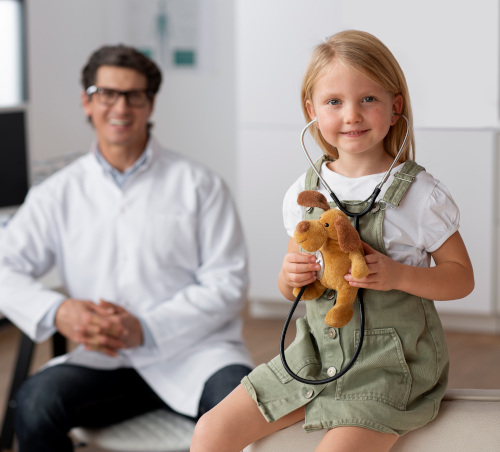
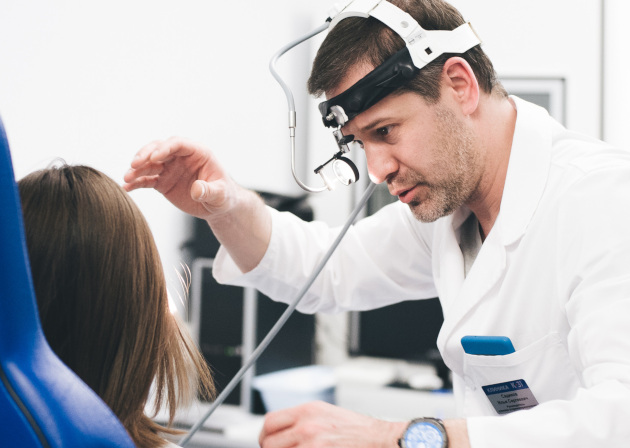
How is an appointment with an otolaryngologist at K+31?
Our doctors

This award is given to clinics with the highest ratings according to user ratings, a large number of requests from this site, and in the absence of critical violations.

This award is given to clinics with the highest ratings according to user ratings. It means that the place is known, loved, and definitely worth visiting.

The ProDoctors portal collected 500 thousand reviews, compiled a rating of doctors based on them and awarded the best. We are proud that our doctors are among those awarded.
Make an appointment at a convenient time on the nearest date
Price


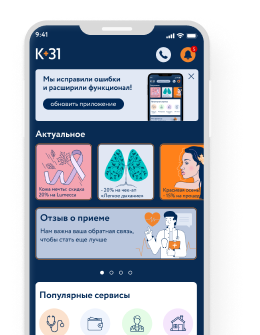




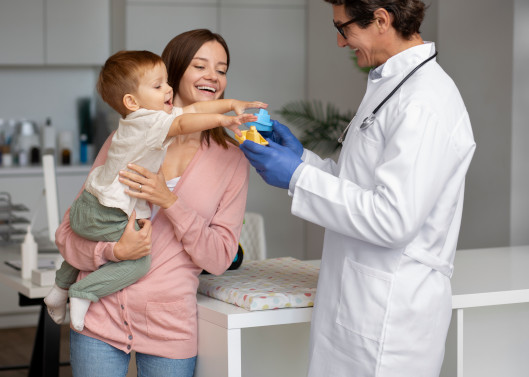




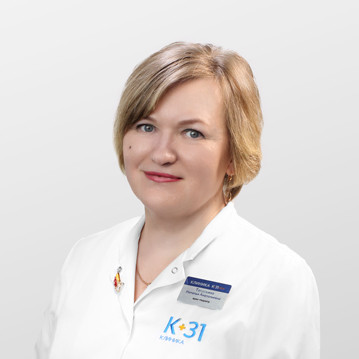
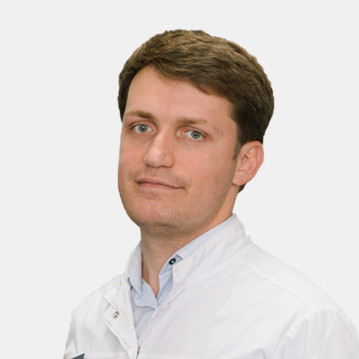
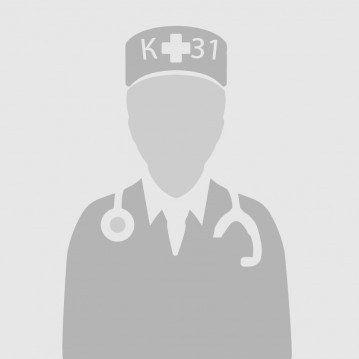

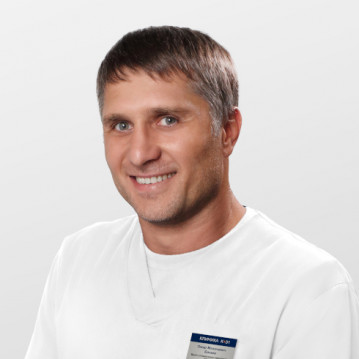

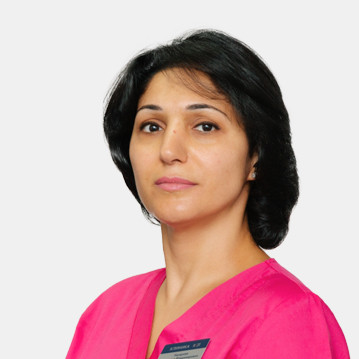
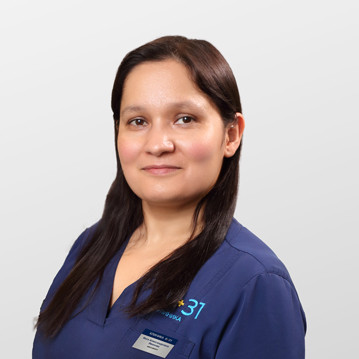


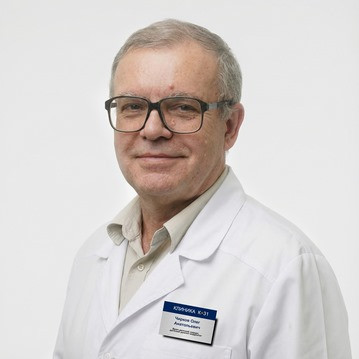
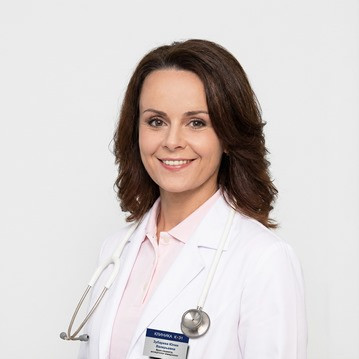

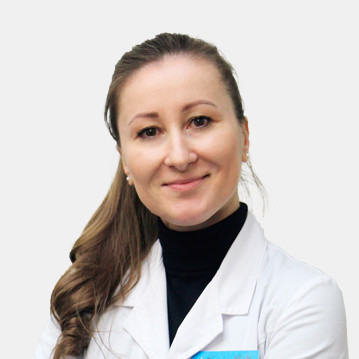
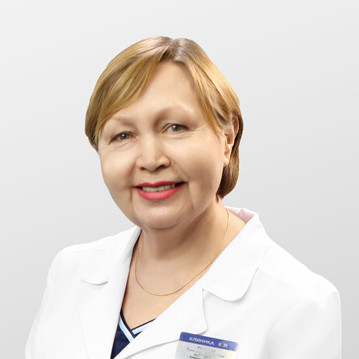
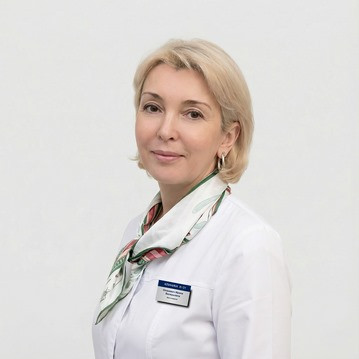
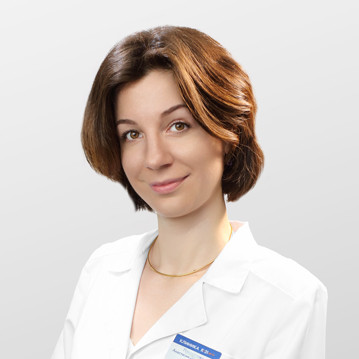
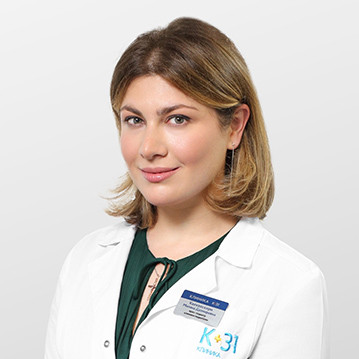
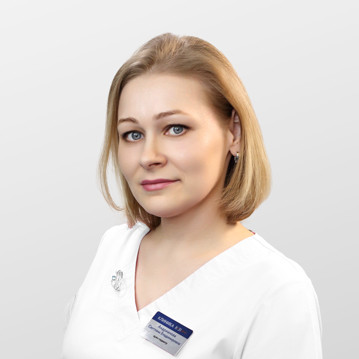
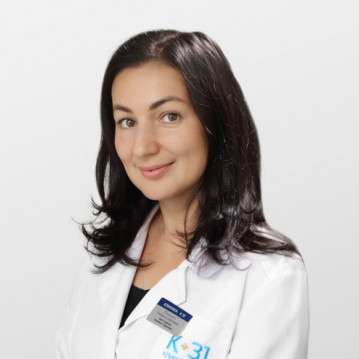
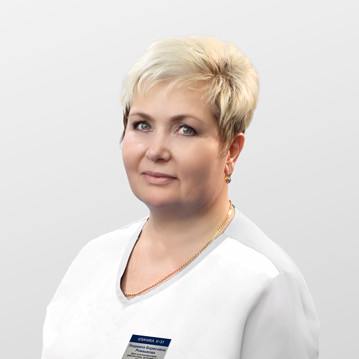

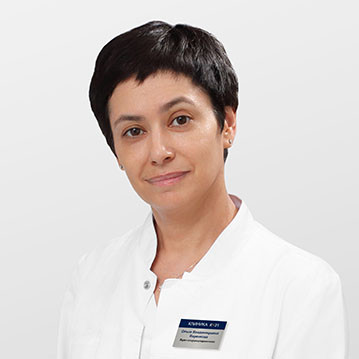
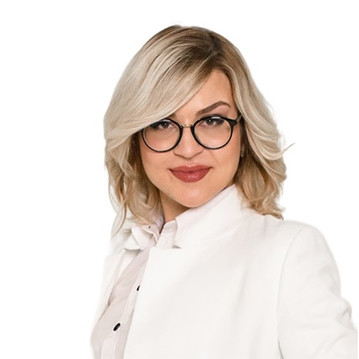
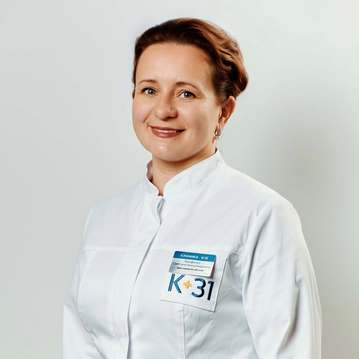
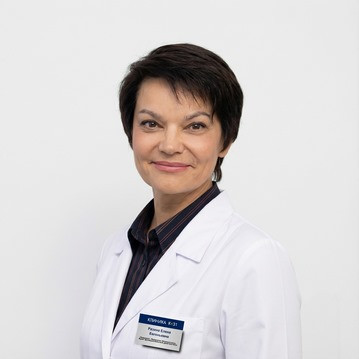
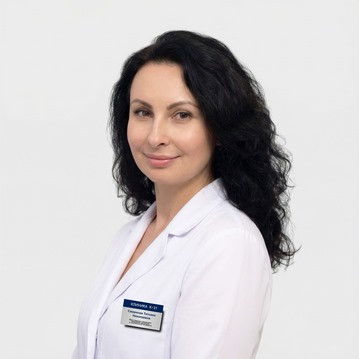
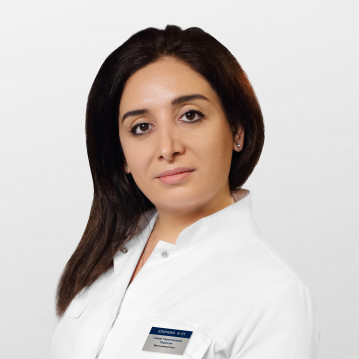
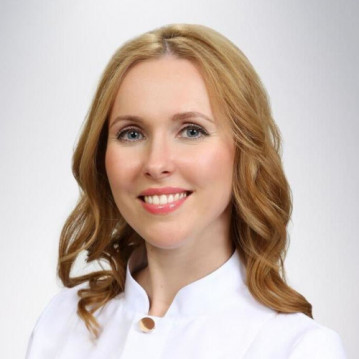
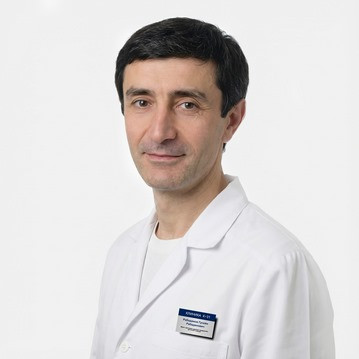
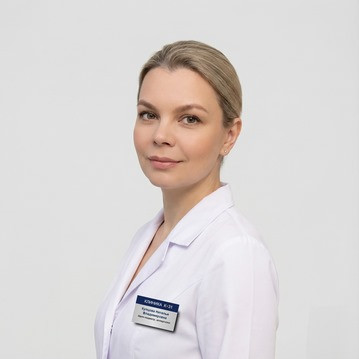
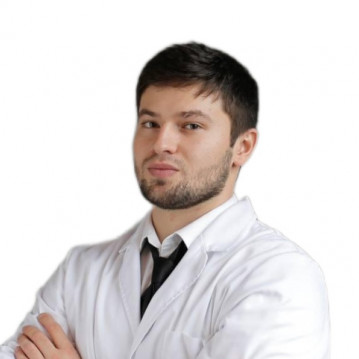

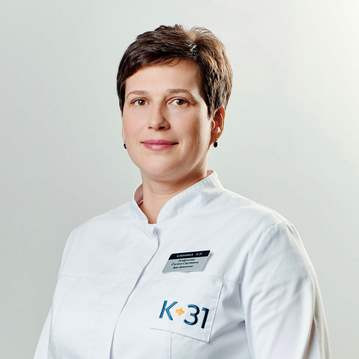
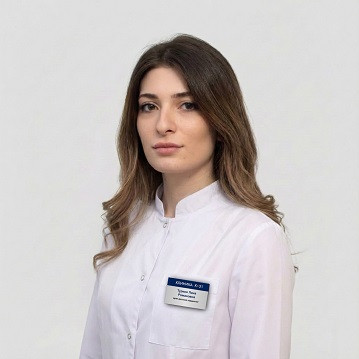

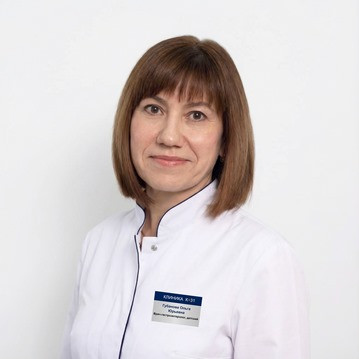
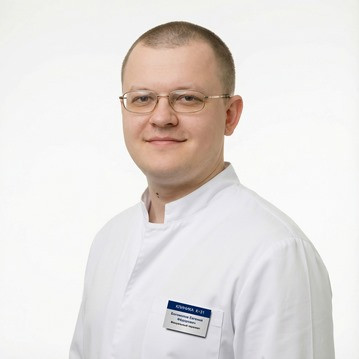

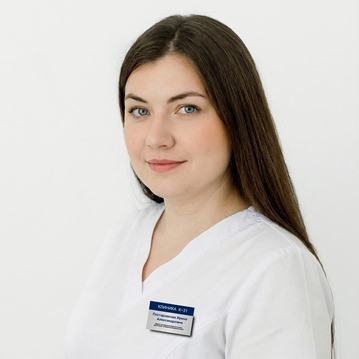
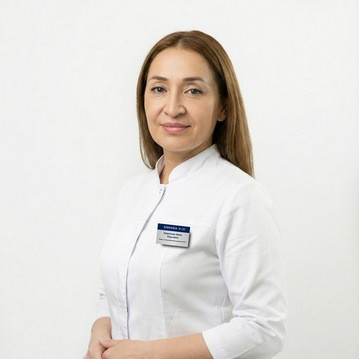

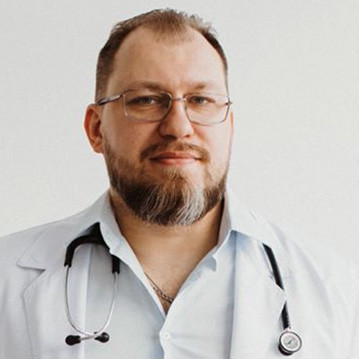







For what symptoms should you contact a pediatric ENT doctor?
It is necessary to contact a pediatric ENT doctor if you have a persistent runny nose or nasal congestion. If a child complains of difficulty breathing through the nose for more than a week, this often indicates the development of an allergy, or the spread of an infection. The following signs should also alert you:
In addition, you should immediately consult a doctor if you experience bad breath or unusual discharge from your ears. You should also visit an ENT specialist if your child often suffers from sore throat.